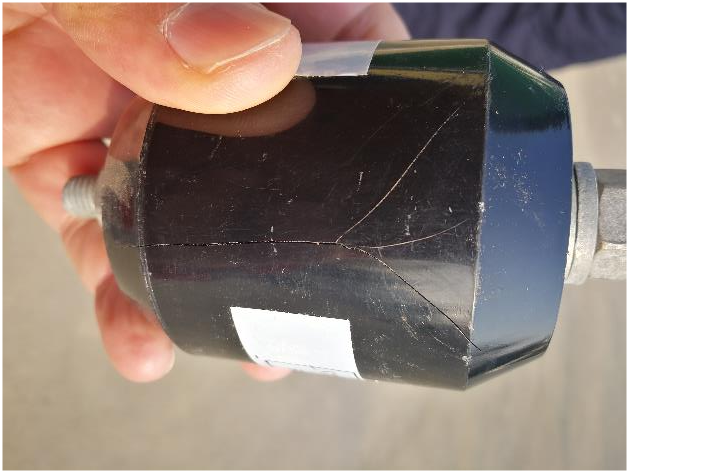charz
Electrical
- Jan 11, 2011
- 95
Almost all the surge arresters in all the feeders of MV switchgear (6kV) got cracks as shown in the picture.

What are the reasons for it apart from dirt, moisture and inadequate capacity?. The said surge arresters were in operation for just more than a year. We have planned to replace it with another surge arrester with the same dimension with increased MCOV? will that help? In general, when the surge arrester starts conducting due to over voltage, why dont the ground fault protection activate?

What are the reasons for it apart from dirt, moisture and inadequate capacity?. The said surge arresters were in operation for just more than a year. We have planned to replace it with another surge arrester with the same dimension with increased MCOV? will that help? In general, when the surge arrester starts conducting due to over voltage, why dont the ground fault protection activate?
